Category: Astronomy
-
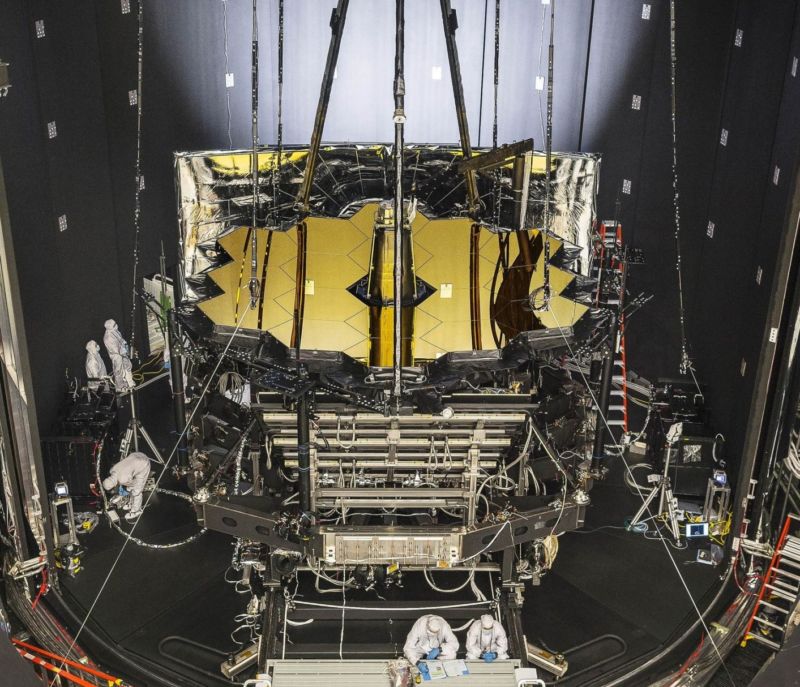
NASA scientists say images from the Webb telescope nearly brought them to tears
Six months have passed since a European rocket lofted the James Webb Space Telescope into orbit. Since that time, the ultra-complex telescope has successfully unfolded its expansive sunshield, commissioned its science instruments, and reached an observation point more than 1 million km from Earth. This white-knuckle period in space followed nearly two decades of effort…
-

Liquid mirror telescope opens in India
A unique telescope that focuses light with a slowly spinning bowl of liquid mercury instead of a solid mirror has opened its eye to the skies above India. Such telescopes have been built before, but the 4-meter-wide International Liquid Mirror Telescope (ILMT) is the first large one to be purpose-built for astronomy, at the kind…
-

In a pair of merging supermassive black holes, a new method for measuring the void
Three years ago, the first ever image of a black hole stunned the world. A black pit of nothingness enclosed by a fiery ring of light. That iconic image of the black hole at the center of galaxy Messier 87 came into focus thanks to the Event Horizon Telescope, a global network of synchronized radio…
-
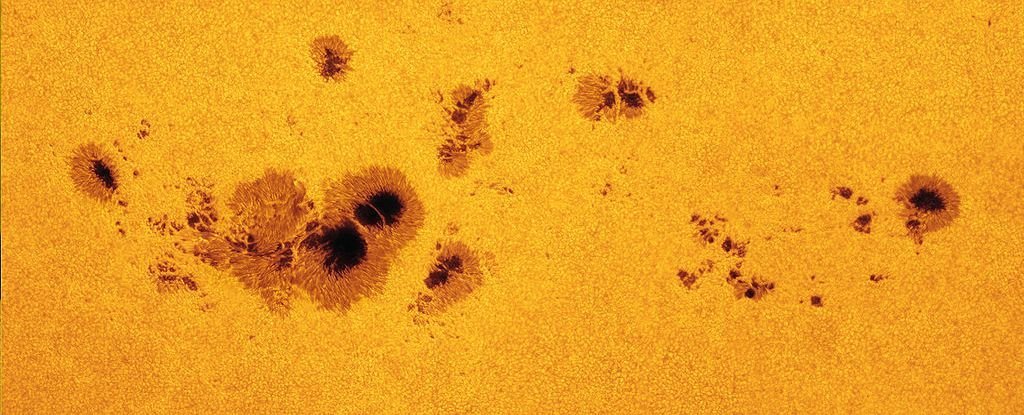
Sunspots are increasing at an unexpected rate
Weather on the Sun is always tricky to predict accurately, however it’s looking like the upcoming Solar Maximum could be worth keeping an eye on! In fact, sunspot counts have been consistently higher than predicted levels since September 2020. This could mean that, in contrast to predictions, the Sun is in the swing of an…
-
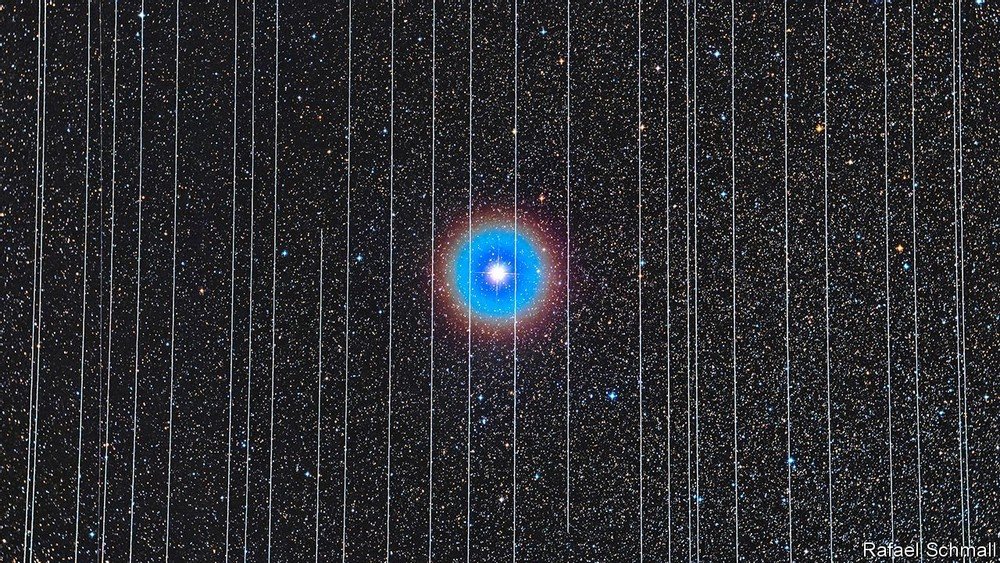
Vast satellite constellations are alarming astronomers
On may 24th 2019 a Falcon 9 rocket built by SpaceX launched 60 communication satellites into a low orbit around the Earth. That evening they appeared as a string of sunlit dots moving across the sky, many of them as bright as the brightest stars, a source of passing wonder and mystery to casual observers—and…
-
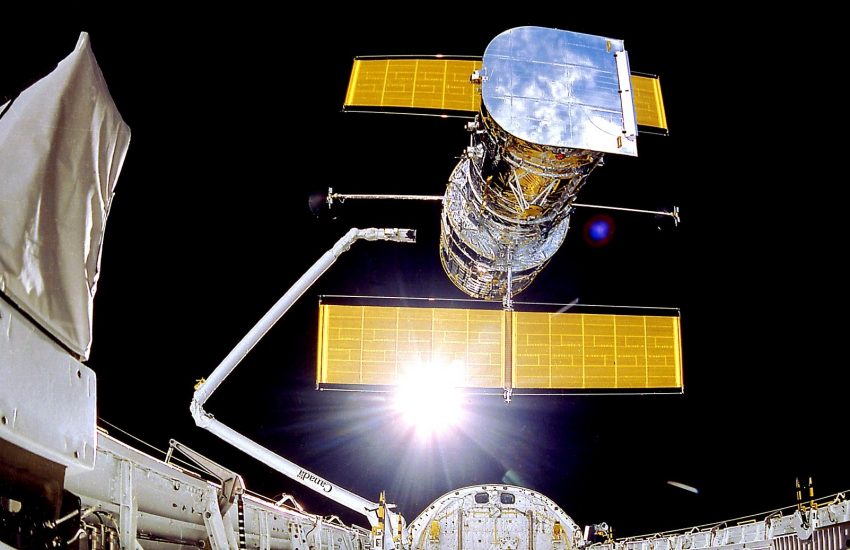
Operations Underway to Restore Payload Computer on NASA’s Hubble Space Telescope
Not looking good! NASA is continuing to diagnose a problem with the payload computer on the Hubble Space Telescope after completing another set of tests on June 23 and 24. The payload computer halted on June 13 and the spacecraft stopped collecting science data. The telescope itself and its science instruments remain in good health…
-

Molecular Clouds All the Way Down
Gas to Stars Each of the many hundreds of stars we can see with our naked eye, or the many thousands we can see with the aid of telescopes, has their own special story of how they came to be. Now self-gravitating balls of gas, these stars in the night sky began as clumps in dense molecular clouds.…
-

The Milky Way’s Double Bubble
The Milky Way’s Double Bubble When it comes to blowing bubbles, never go toe-to-toe with a galaxy. Ten years ago, astronomers were astonished to discover large bubble-like structures emerging from the heart of our Galaxy. More impressive than any bubble you might have blown as a child, these balls of plasma span thousands of light-years and are…
-

‘WTF?’: newly discovered ghostly circles in the sky can’t be explained by current theories, and astronomers are excited
‘WTF?’: newly discovered ghostly circles in the sky can’t be explained by current theories, and astronomers are excited In September 2019, my colleague Anna Kapinska gave a presentation showing interesting objects she’d found while browsing our new radio astronomical data. She had started noticing very weird shapes she couldn’t fit easily to any known type…
-

Solid phosphorus and fluorine in the dust from the coma of comet 67P/Churyumov–Gerasimenko
New research indicates comets carry all the elements required for life. ABSTRACT Here, we report the detection of phosphorus and fluorine in solid particles collected from the inner coma of comet 67P/Churyumov–Gerasimenko measured Source: academic.oup.com/mnras/article-abstract/499/2/1870/5911597
-
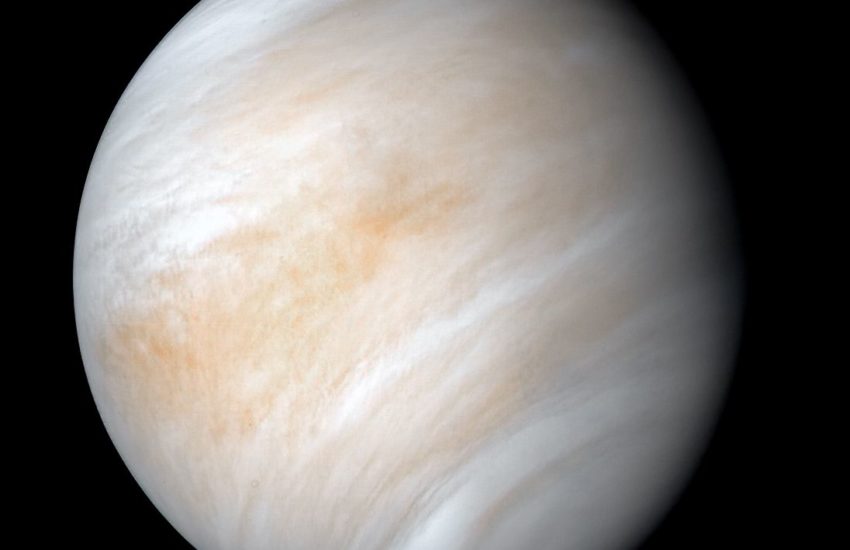
Amino acid found in the atmosphere of Venus
Amino acids are considered to be prime ingredients in chemistry, leading to life. Glycine is the simplest amino acid and most commonly found in animal proteins. It is a glucogenic and non-essential amino acid that is produced naturally by the living body and plays a key role in the creation of several other important bio-compounds…
-
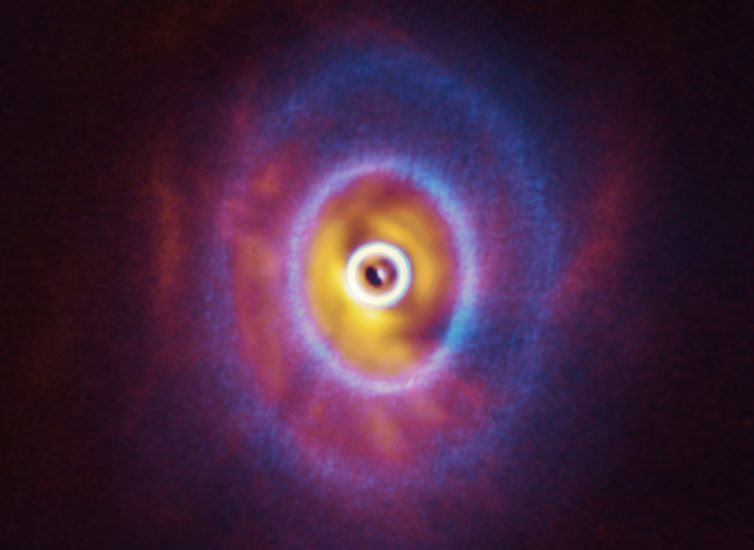
Peculiar planetary system architecture around three Orion stars explained
Peculiar planetary system architecture around three Orion stars explained Not only has the discovery of eoxplanets throughout our galaxy provided a host of new worlds for astronomers to catalogue and observe, but also thrown up new challenges about their formation. New work published in Science by an international team including Carnegie’s Jaehan Bae could explain…
-

The First Gamma-Ray Pulsar Confirmed by the People
The First Gamma-Ray Pulsar Confirmed by the People Gamma ray pulars werep discovered a little while ago, and in onepone family, the spider pulsar, it accretes or gains matter from a nearby companion star in much the same way some spiders eat their mates. In this “Black Widow” type of spider pulsar the…
-
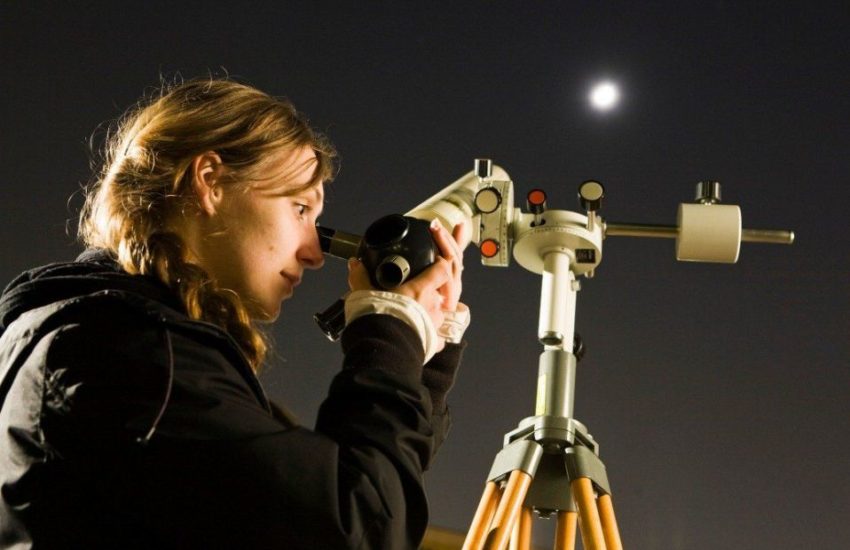
How quarantine has inspired new amateur astronomers
How quarantine has inspired new amateur astronomers (some who wouldn’t mind an alien abduction) No surprises that the COVID-19 pandemic has brought out the inner astronomer in many folks. Maybe one of the few silver linings to this wretched thing. Source: www.salon.com/2020/08/16/amateur-astronomy-trend-pandemic-comet-neowise/